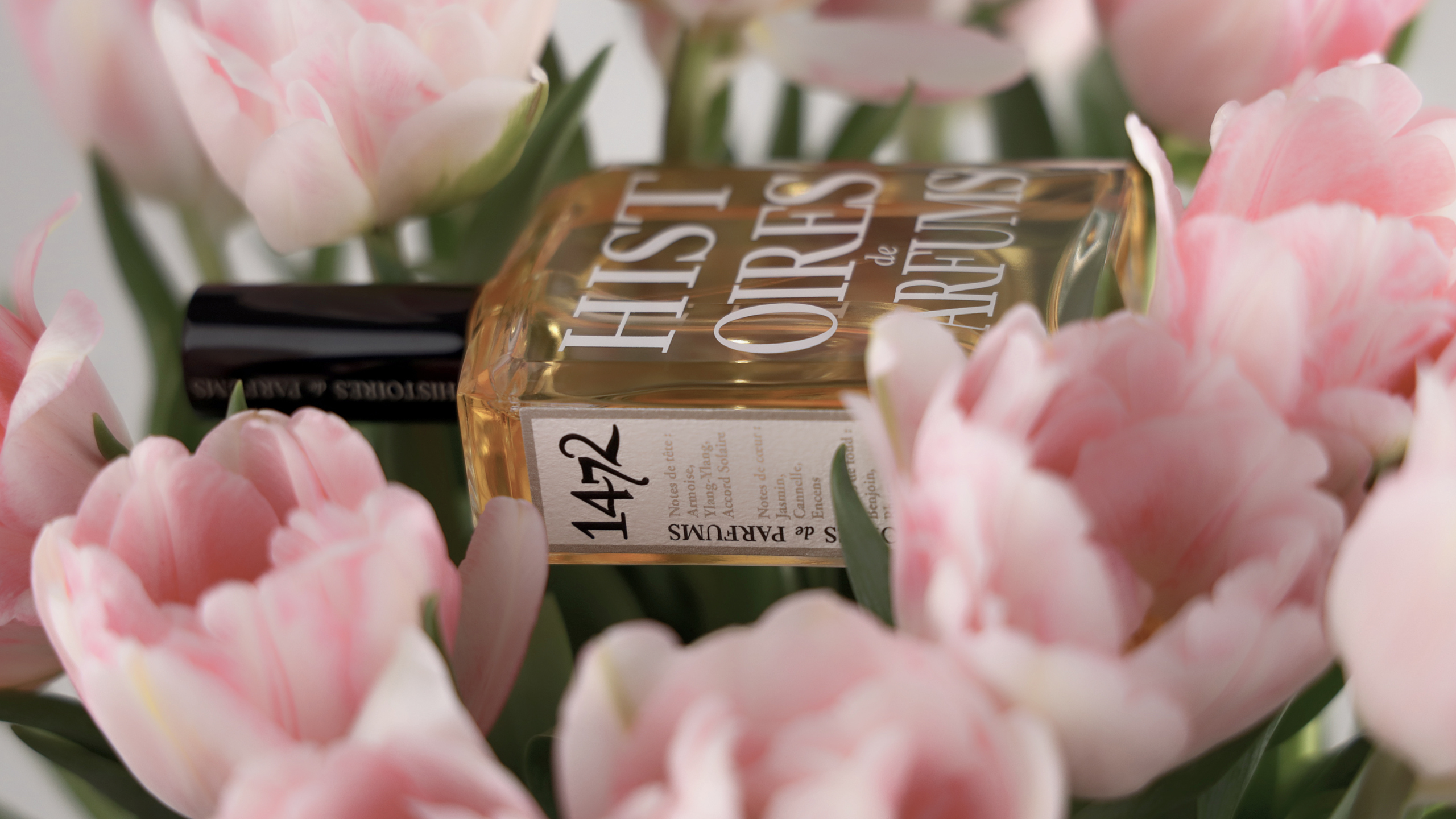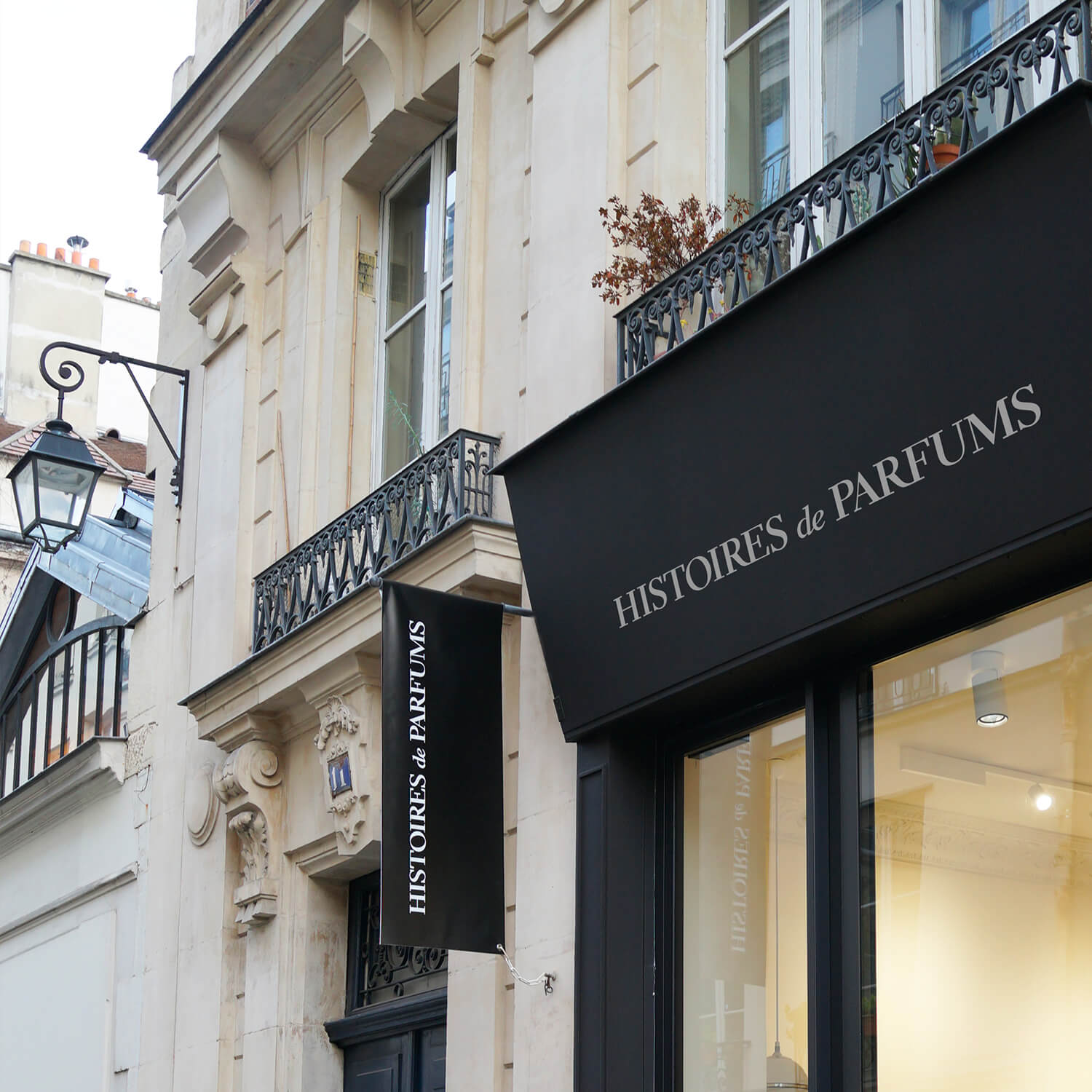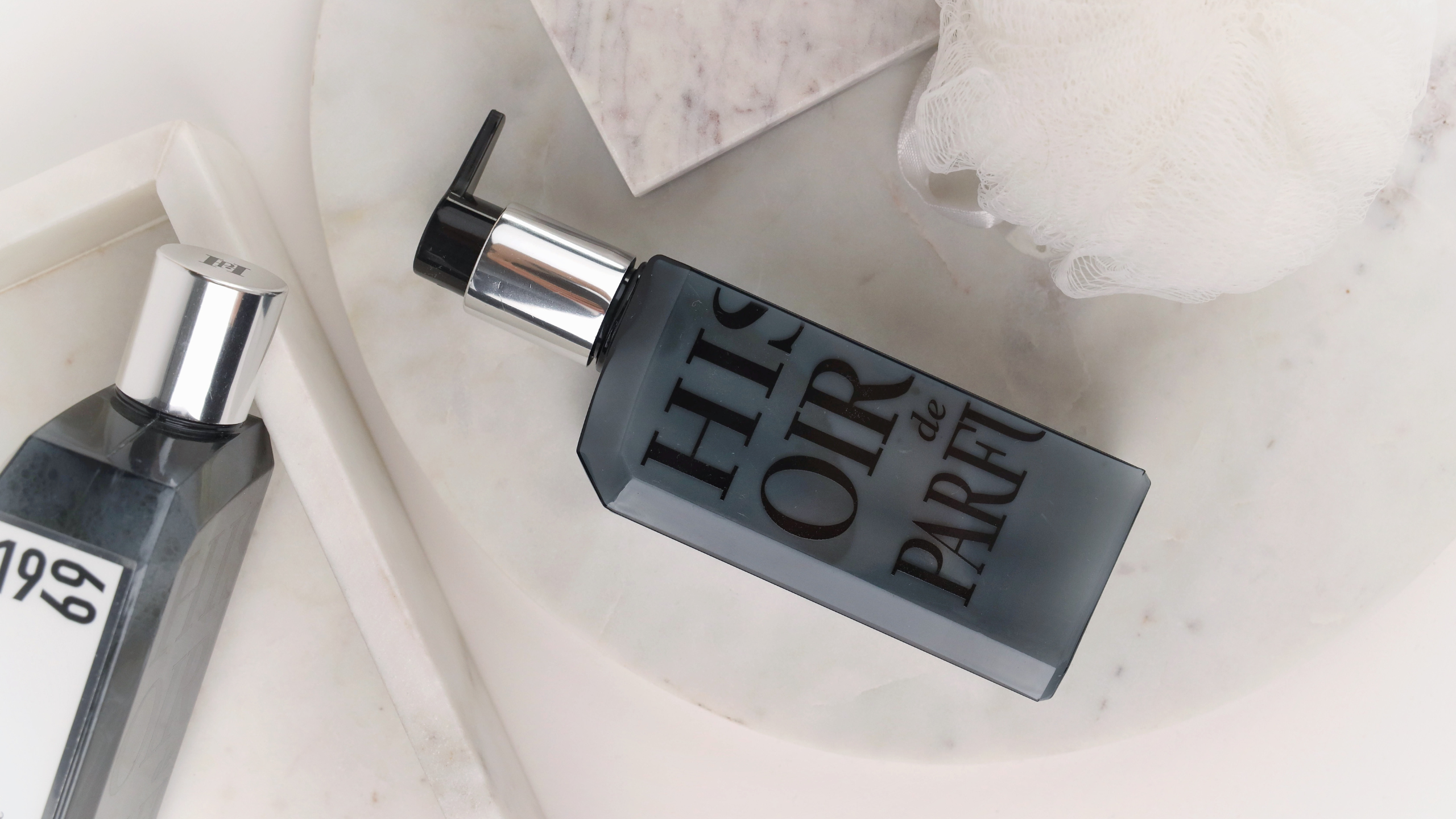
How the Carnation became the Mother's Day Flower
In a month's time, we will celebrate Mother's Day, the perfect opportunity for Histoires de Parfums to revisit the unusual history of one of the most beloved flowers of perfumers: the carnation. While the link between the flower and the celebration may not seem obvious, the fact remains that the former is intrinsically linked to the latter - allow us to digress into history before going back to its origins.
From the mother's carnation...
In 1864 in Grafton, West Virginia, Anna Jarvis was born. The seventh of eleven children, Anna lost seven of her siblings to diphtheria, typhoid and other epidemics prevalent at the time, and grew up under the caring influence of her mother, Ann. Under her guidance and encouragement, Anna went to college, graduated and worked in public education, then moved several times, becoming in turn America's first literary agent and editor. Throughout her travels, Anna maintained an epistolary relationship with her mother and kept prompting her to move to Philadelphia to live with her. In 1904, her declining health convinced Ann to accept her daughter's proposal - she died a year later, on 9 May 1905.
Anna Jarvis was deeply affected by the departure of the woman who had enabled her to fully blossom as a woman. On 10 May 1908, remembering a wish her mother had made at the end of a sermon in their parish, Anna decided to hold a memorial in her honor and in honor of all mothers. While she could not attend, she sent a bouquet of 500 carnations to the church to be distributed to each mother in the congregation. When asked later why she chose the carnation, Anna said that "its whiteness is to symbolize the truth, purity and broad-charity of mother love; its fragrance, her memory, and her prayers. The carnation does not drop its petals, but hugs them to its heart as it dies, and so, too, mothers hug their children to their hearts, their mother love never dying.”
After the memorial was held, Anna Jarvis lobbied several states in the United States for a nationwide 'Mothers' Day', probably not imagining that her enthusiasm would extend beyond her own country.

... to the carnation of the gods.
Many legends surround the figure of the carnation. Already known to the Greeks, the flower was called Dios Anthos or "flower of the gods", hence the name Theophrastus gave it: dianthus. Its French name, œillet, is said to come from the belief that Artemis plucked out the eyes of a splendid young shepherd whom she feared falling in love with. Its English name however comes from a Greek and then Roman tradition of using it to weave crowns: the coronation flower became the carnation in the Elizabethan era, as attested to in John Gerard's herbarium or certain texts by Shakespeare.
However, it was in Christianity that the carnation took on a particular significance. Far from the eye of Artemis or the crown of Roman idols, the Latin carnatio becomes a sign of the incarnatio of Christ. It is by virtue of this symbolic link that the carnation is found to punctuate the Christian iconography of the Renaissance and later periods. In the 16th century, Pieter Aertsen refers to this symbolism when he paints a carnation - symbol of the incarnation and the tears of the Passion – sticking out of a loaf of bread - symbol of the Eucharist - in The Christ at Martha and Mary. Later, in the 17th century, Jan Van Kessel expanded this motif and drew on all the symbolism associated with the carnation to paint his Eucharist: a radiant host containing the crucified Christ floats above a chalice and is crowned with a halo of carnations. The name of the flower and its position obviously indicate the double nature of Christ and his journey of passion, but they can also indicate the figure of the Virgin, considered as the unity of the two lives (vita mixta), through which the incarnation is accomplished. This last link explains the plethora of Virgins with Carnations that abounded during the Renaissance: Vinci, Raphael, Dürer, van Cleve, van der Weyden and Luini all tried their hand at the genre, with the carnation holding a central place, both visually and symbolically, in each work.
There is no doubt that Anna Jarvis, a devout Methodist, was influenced, if not by these mythical paintings, at least by the powerful symbolism attached to her mother's favourite flower. Nor is there any doubt why she chose this one to become the universal sign of maternal love, stronger and greater than itself...






